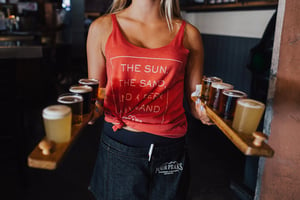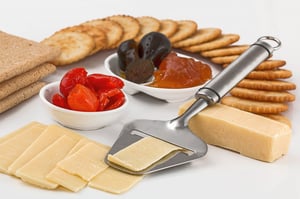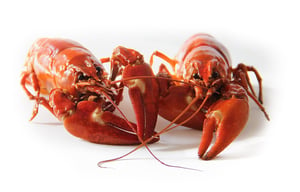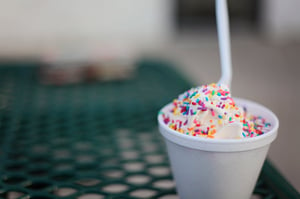
With craft beer sales now accounting for more than 23% of the $111.4 billion U.S. beer market, it is no surprise that food and craft beer pairings are now pretty popular.
Don't believe me? Just check out any Eventbrite page in any major city and you'll find a collection of craft beer events ranging from donut pairings, to cupcake pairings, to entree pairings.
Whether you're looking to host your own pairing, or are genuinely interested in learning more about craft brewing, you first need to undertstand the nuances of beer flavors.
Tastes of Beer
Hops
Hop plants are climbing vines that according to All About Beer Magazine, "give a beer bitterness when used early in the brewing process, and aroma when added at the end."
Because of this, a beer's "hoppiness" is usually used to describe how bitter the beer is, however many breweries also rate how bitter a beer is with an IBU number. IBU stands for International Bitterness Units, and the higher the IBU, the stronger the bitterness.
Malt
A malt flavor comes from roasting the barley grain before brewing the beer. This gives it a nutty flavor, toasty aroma, and sometimes it will also add a sweet carmel taste to the beer.
According to All About Beer Magazine, "the amount of heating that barley malt receives has profound effects on the sort of beer that will be brewed". A light roast will produce a pale ale, whereas a dark roast will produce dark or black beers.
Dark
Although this seems to be more in reference to the color, a dark beer is actually used to describe the taste of the beer. As mentioned above, a dark beer references the malt grain, when roasted for a longer period of time. Dark beers will typically have a richer and heavier taste.
Light
In contrast, a light beer is known for having a clean and crisp taste. Light beers typically do not have a strong flavor and will typically have a lower alcohol count.
Sour
The newest (but oldest) craze is sour beer. According to Vine Pair, "Sours today are tart-tasting, and made with wild bacteria and yeasts."
The tartness of sour beers today are primarily influenced by two types of bacteria: lactobacillus and pediococcus; and one type of wild yeast: brettanomyces.
- Lactobacillus is what makes yogurt taste slightly sour.
- Pediococcus has a buttery taste.
- Brettanomyces adds a balancing layer of earthiness to a beer.
Want to learn more about Craft Brewing?
Check out our Fermentation Science program.
Craft Beer Pairing Recommendations
Now that you understand the flavors, here are some recommendations for your first pairing:
Appetizer Craft Beer Pairings

- Brie: Fruity and spicy
- Gouda: Malty and sweet
- Aged Chedder: Hoppy and bitter
- Blue: Dark and roasty
- Mozzarella: Clean and crisp
2. Buttered bread and jellies pair nicely with both hoppy and bitter, and dark and roasty.
3. Grilled vegetables pair nicely with dark and roasty beers.
Main Course Craft Beer Pairings

1. Shellfish dishes such as lobster, scallops, crab, and clams pair nicely with fruity and spicy beers.
2. Pork dishes pair nicely with both malty and sweet, and dark and roasty beers.
3. Game birds such as duck and quail pair nicely with hoppy and bitter beers.
4. Red meats such as lamb, and sirloin pair well with sour, tart, and funky beers.
Dessert Craft Beer Pairings

1. Chocolate and carmel desserts pair nicely with stouts and porters.
2. Frozen treats such as ice cream pair nicely with hoppy and spicy beers.
3. Pastries and candies pair nicely with sour beers.
Now go forth and enjoy!



